
About the Author
Vivian Fernández graduated from Harvard College in 2018 as a government concentrator and with a DRCLAS Latin American Studies Certificate. She often travels to Bolivia and received a DRCLAS independent internship grant to travel there during Summer of 2015. She is currently working as a paralegal for Cravath, Swaine & Moore in NYC.
The Bolivian Middle Class
These series of photographs, all shot in the city of La Paz, Bolivia help to shed light on the manner and quality in which the middle and upper class of Bolivia live. El Mercado Roberto Rodriguez is La Paz’s largest food market, and it is here that many of the city’s middle-class acquire their food. Here you can find caseras (vendors) selling a variety of foods: mounds of orange mandarin oranges, heaps of green beans, bunches of broccoli and cauliflower, fishes ranging in size and various types of meat. Buyers walk around talking to vendors, asking for their yapita (bonus/addition to their purchase) before placing their purchases in huge plastic tote bags and wandering off to the next stall. While this market is open the entire week, its busiest days are Saturdays and Sundays when most people come to do their weekly purchases.
The neighborhoods of Obrajes, San Miguel and Achumani are all very well off and have become major commercial and financial sectors in addition to being residential areas. Banks, businesses, shops, malls and international firms are now common sights in these neighborhoods. New constructions can also be seen quite frequently, especially in Achumani where apartment buildings and mansions are being built on vast areas of property. The urbanization that La Paz has undergone can further be seen through the project “Mi Teleférico,” an aerial cable car system that officially started working in 2014. It currently has 3 functioning lines: yellow, red and green, with plans for more operating lines in the works. Not only does it help to connect various neighborhoods and alleviates the previous public transportation congestion, it also offers beautiful views of the city of La Paz.
Click here to view these photos in media gallery form
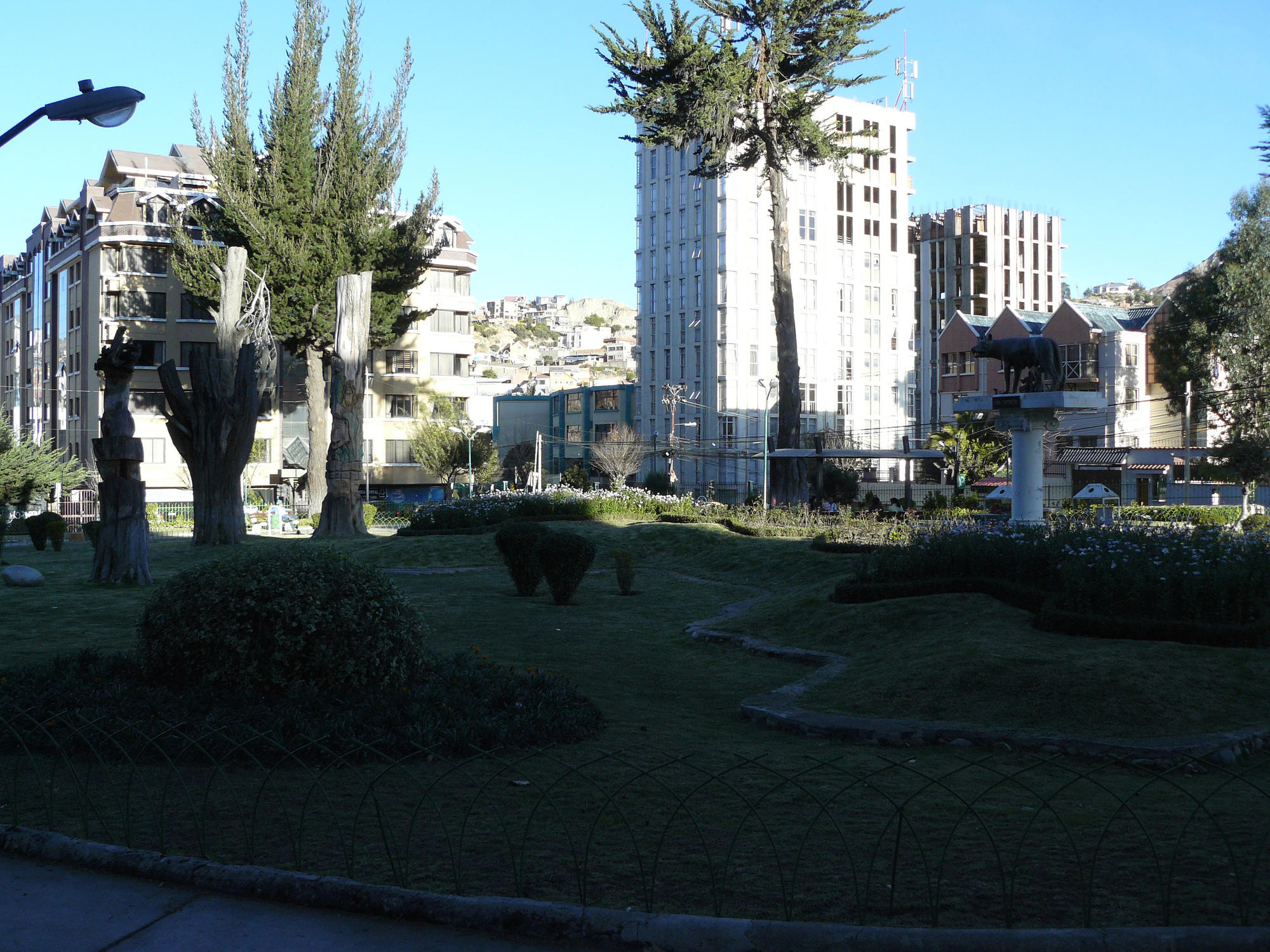
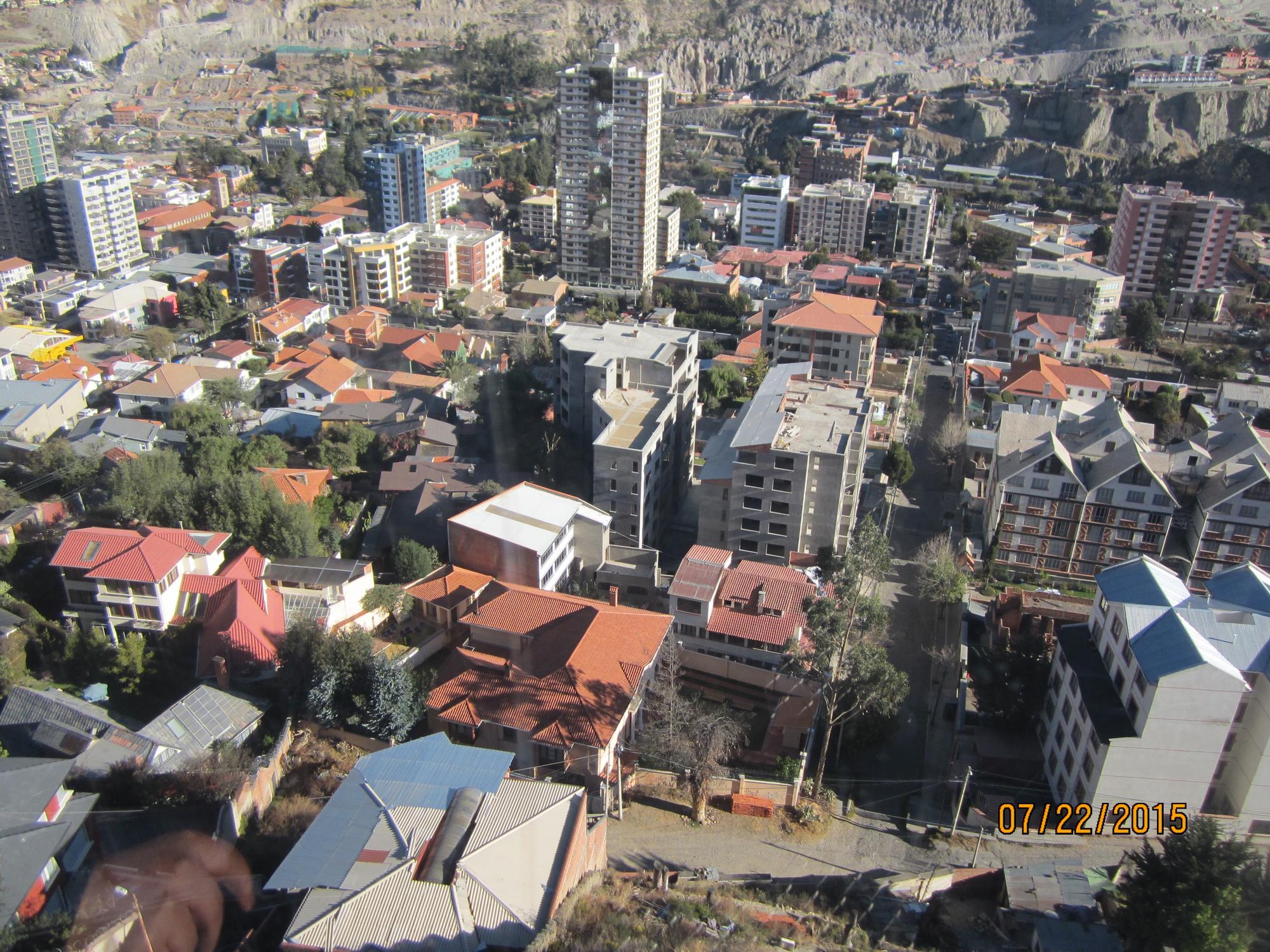
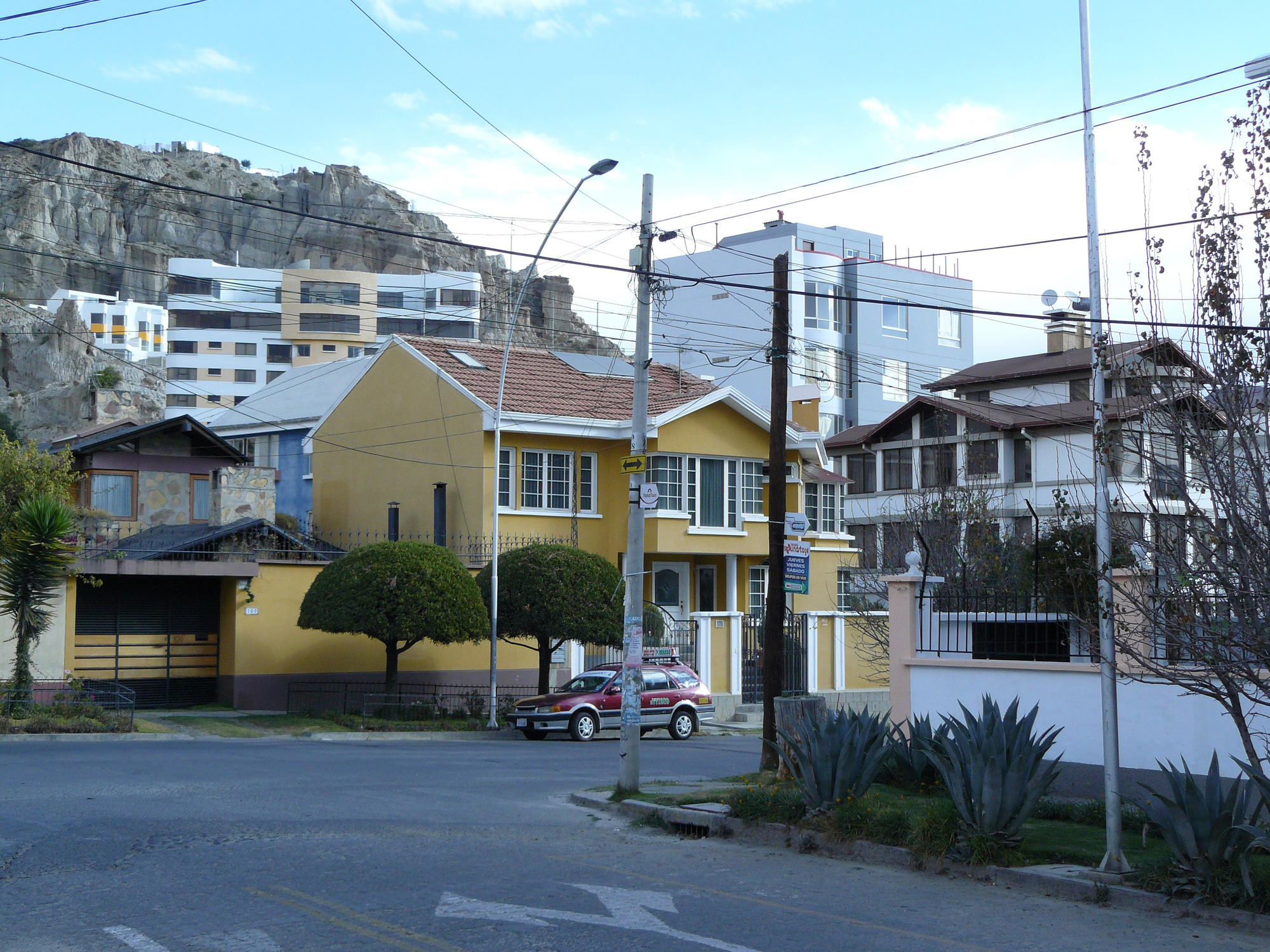
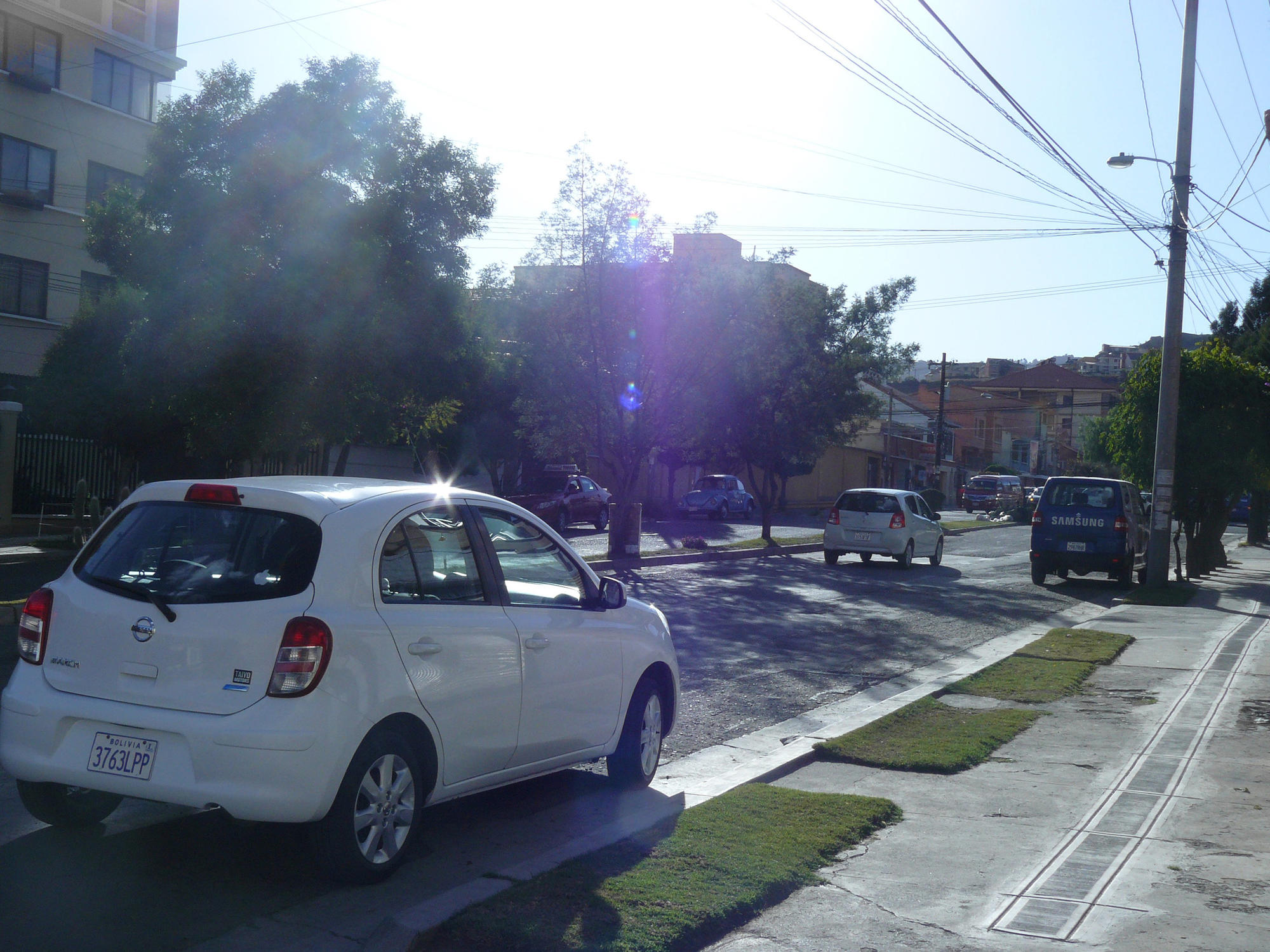
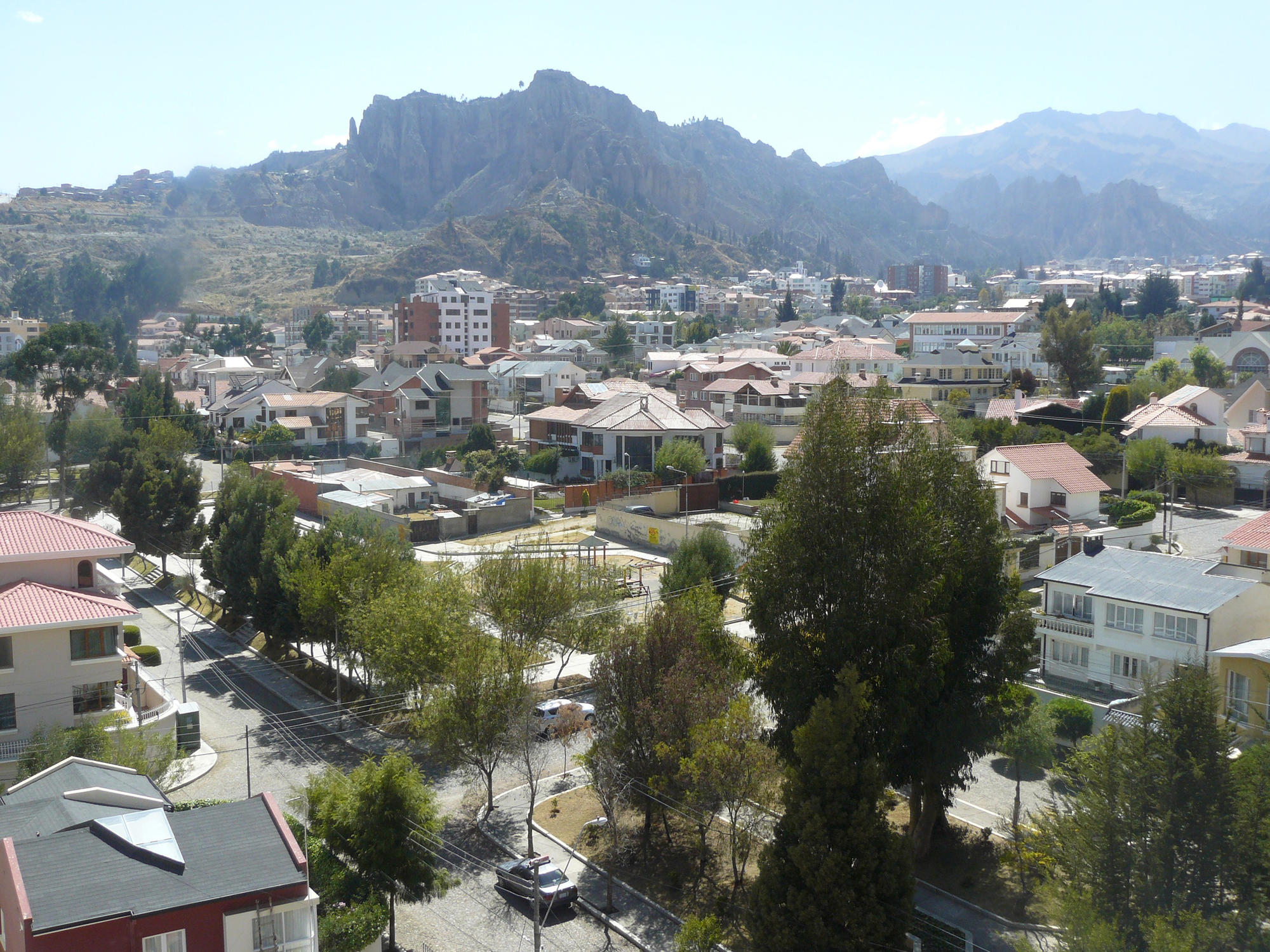
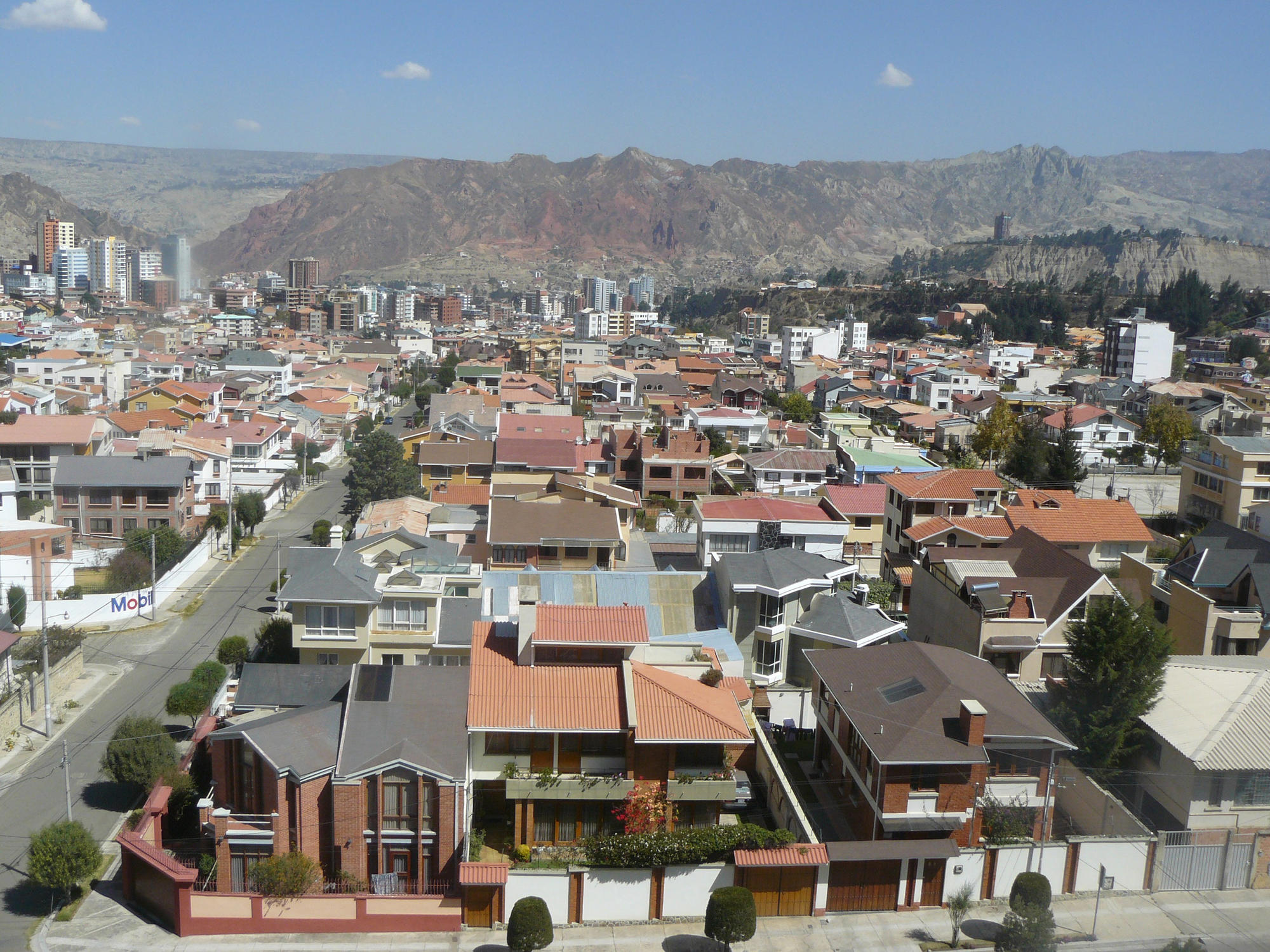
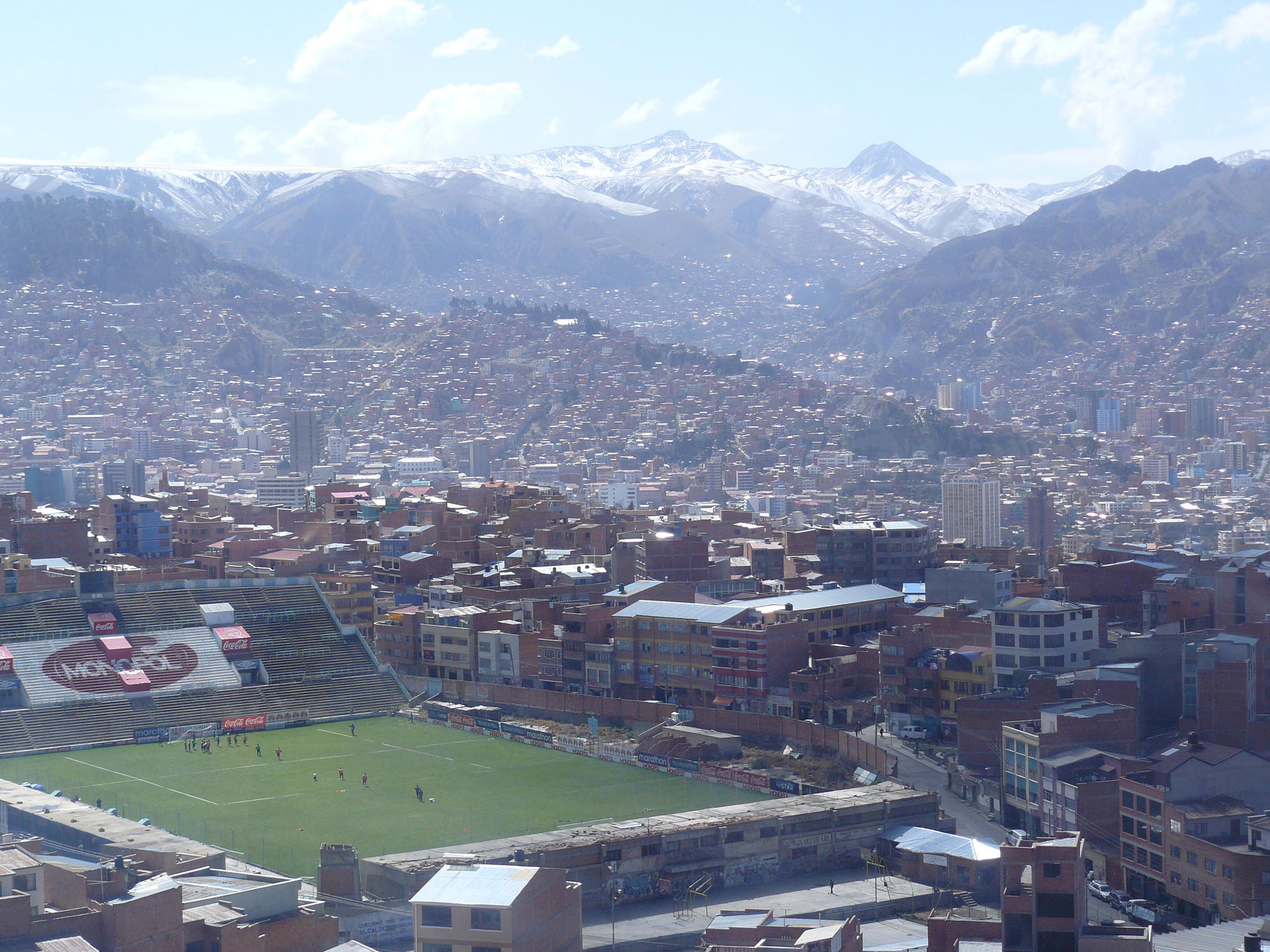
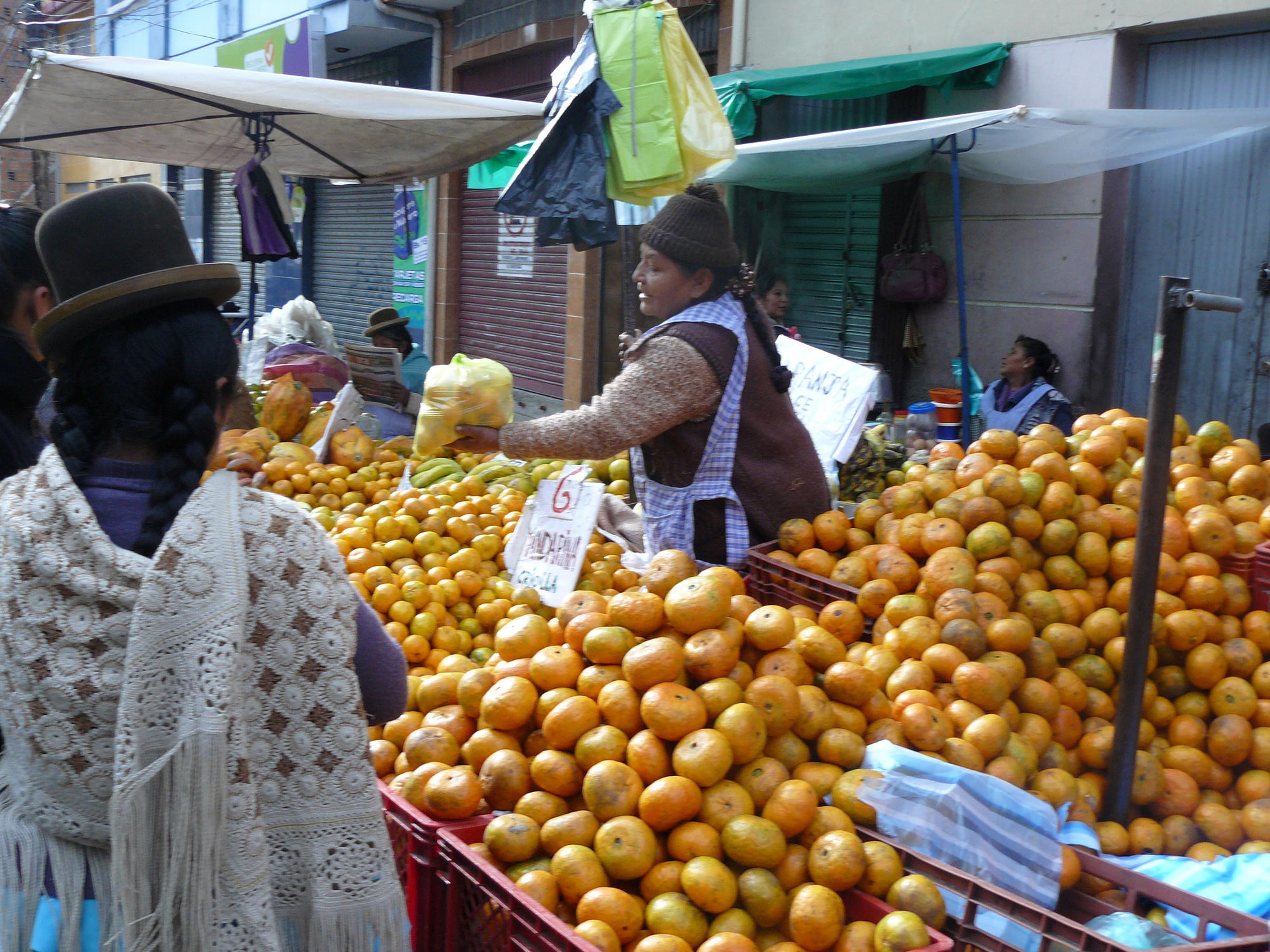
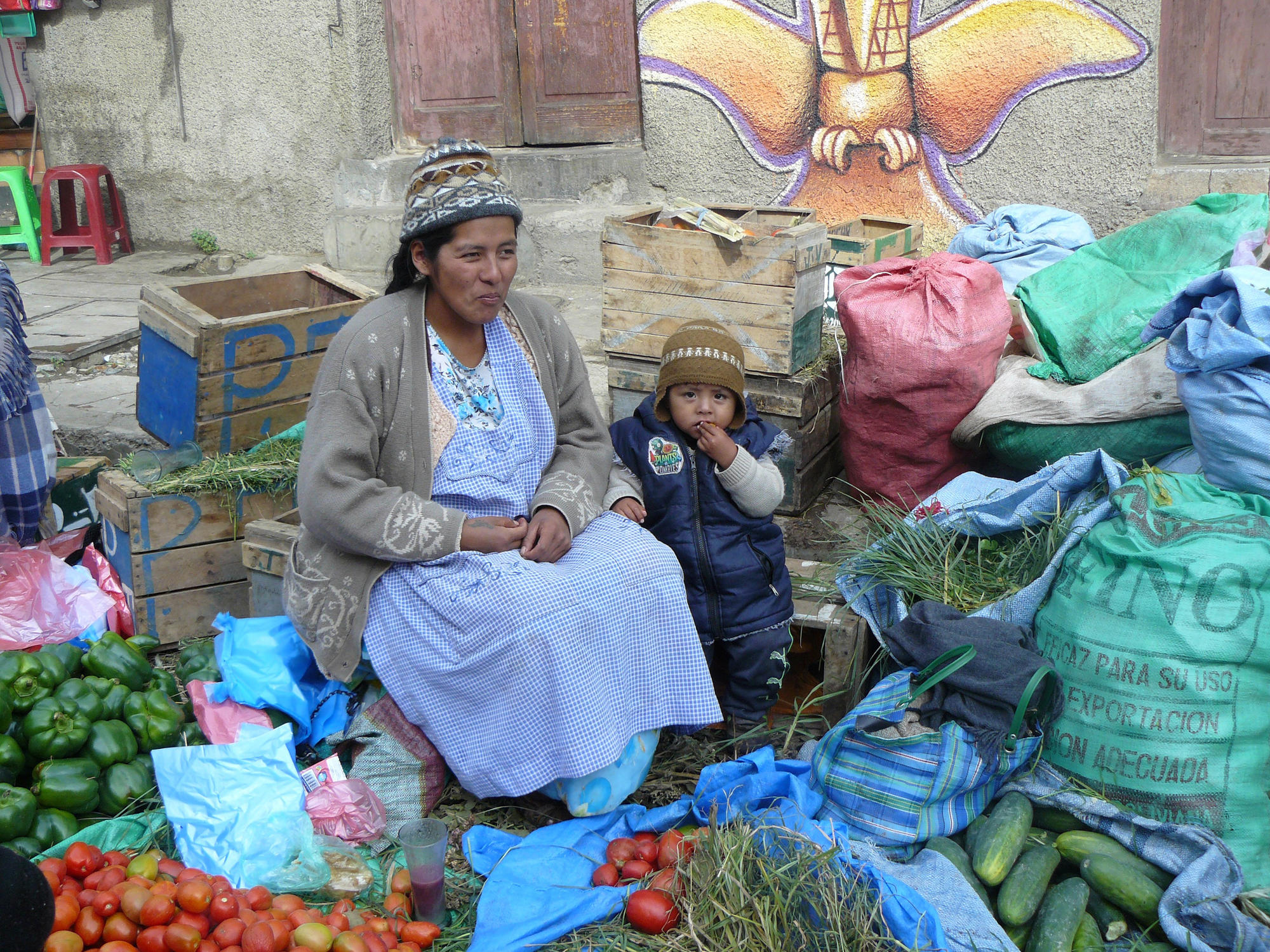
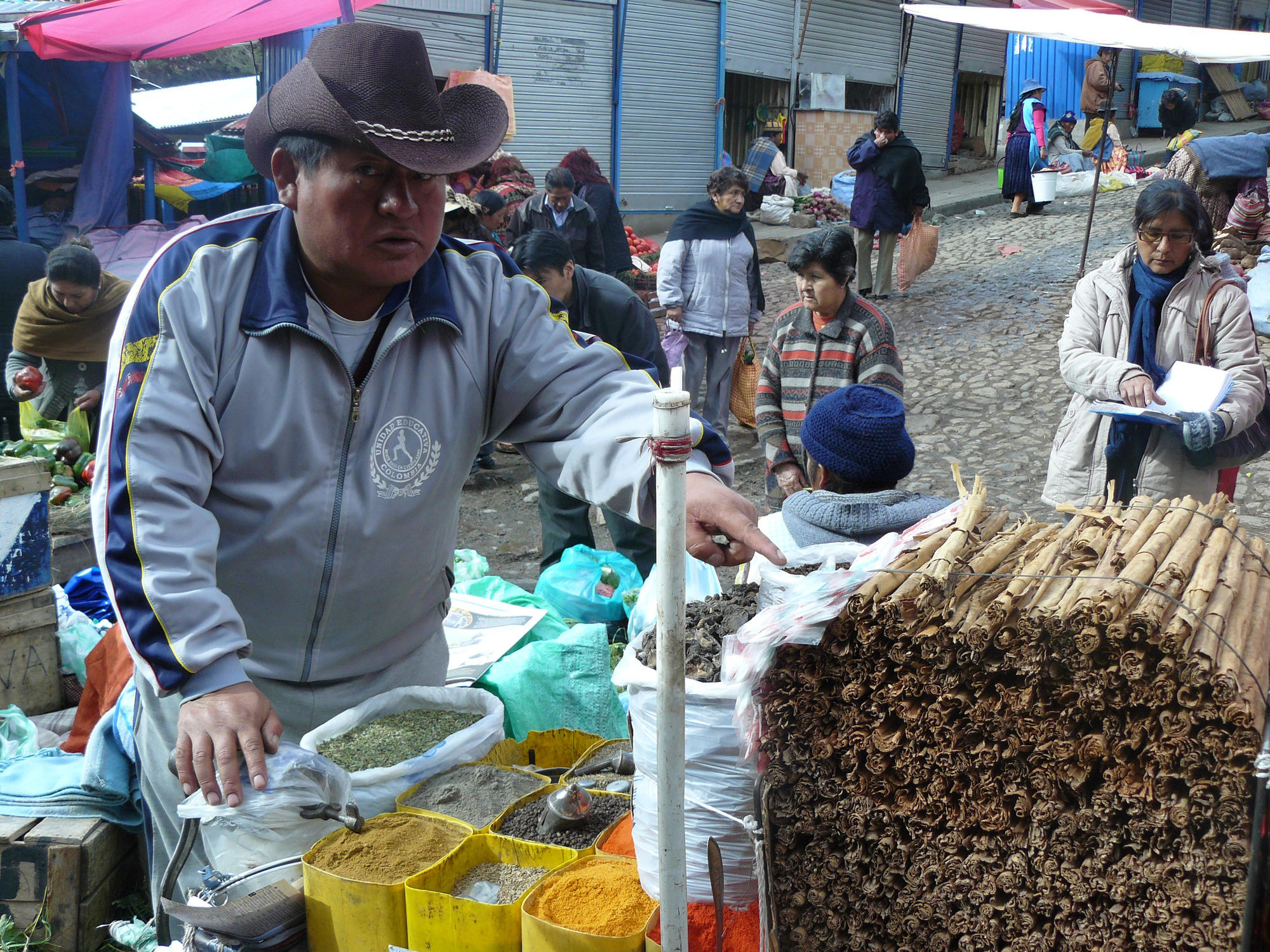
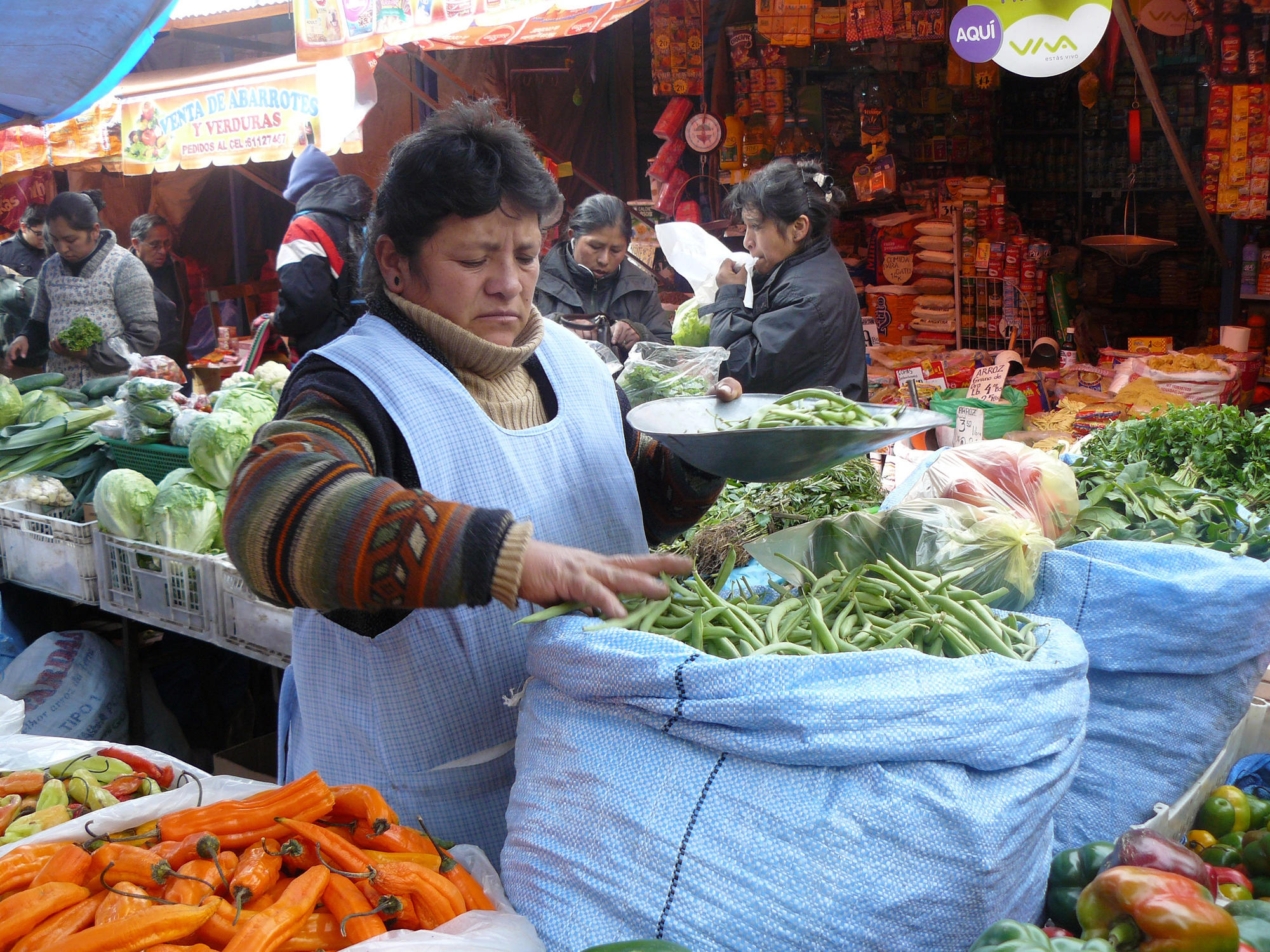
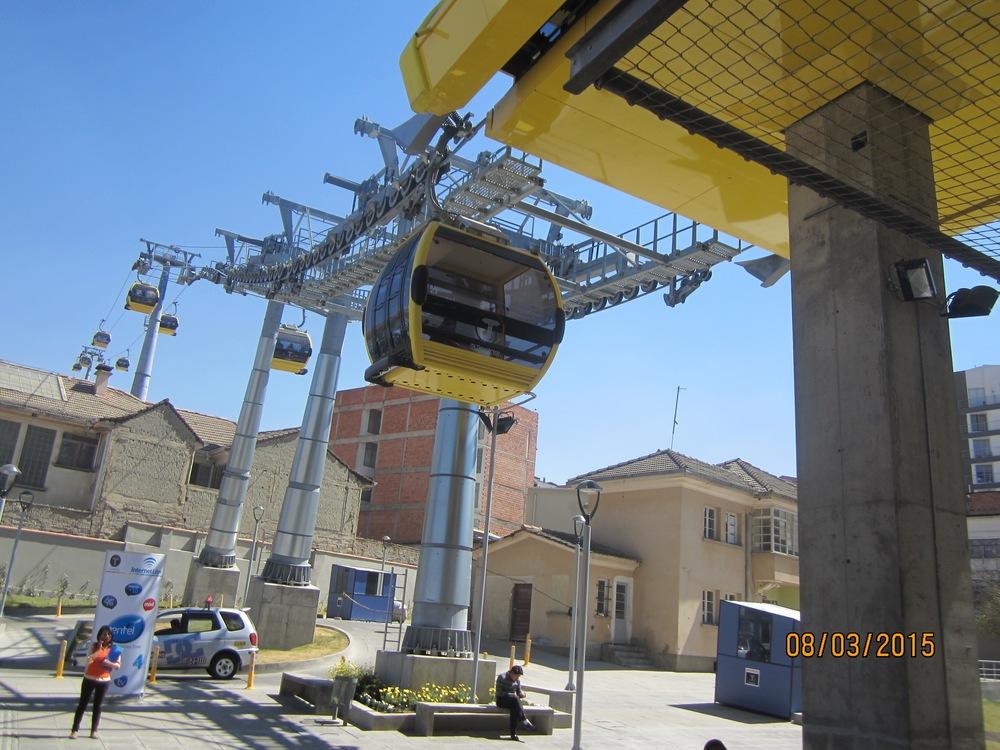
** Note: This photoessay was written in Summer of 2015. As of the date of publication, “Mi Teleferico” has expanded to include 10 functioning lines (Red, Yellow, Green, Blue, Orange, White, Sky Blue, Purple, Brown and Silver) with an additional line (Gold) in the works.
If you liked this article, click here to read related articles from our issue on Bolivia!
More Student Views
Puerto Rico’s Act 60: More Than Economics, a Human Rights Issue
For my senior research analysis project, I chose to examine Puerto Rico’s Act 60 policy. To gain a personal perspective on its impact, I interviewed Nyia Chusan, a Puerto Rican graduate student at Virginia Commonwealth University, who shared her experiences of how gentrification has changed her island:
Beyond Presence: Building Kichwa Community at Harvard
I recently had the pleasure of reuniting with Américo Mendoza-Mori, current assistant professor at St Olaf’s College, at my current institution and alma mater, the University of Wisconsin-Madison. Professor Mendoza-Mori, who was invited to Madison by the university’s Latin American, Caribbean, and Iberian Studies Program, shared how Indigenous languages and knowledges can reshape the ways universities teach, research and engage with communities, both local and abroad.
Of Salamanders and Spirits
I probably could’ve chosen a better day to visit the CIIDIR-IPN for the first time. It was the last week of September and the city had come to a full stop. Citizens barricaded the streets with tarps and plastic chairs, and protest banners covered the walls of the Edificio de Gobierno del Estado de Oaxaca, all demanding fair wages for the state’s educators. It was my first (but certainly not my last) encounter with the fierce political activism that Oaxaca is known for.




